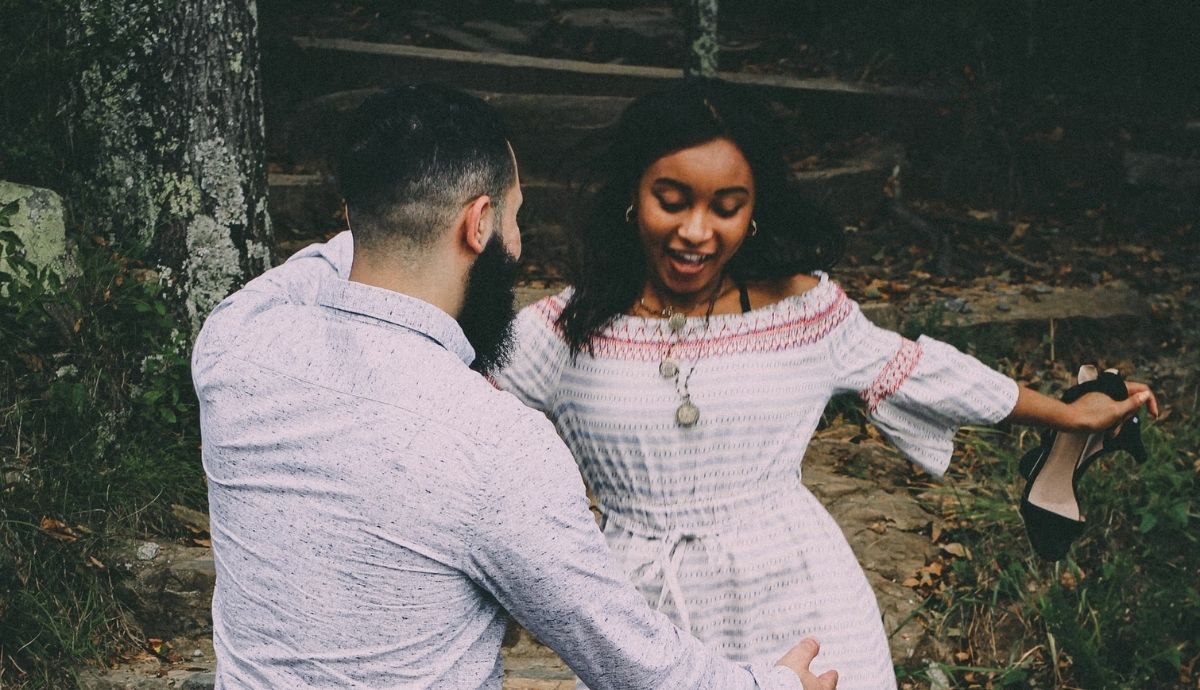Justice may be blind, but it has bright eyes that gleam amidst the darkness of the celestial sphere.
Constellations are imaginary shapes and forms seen while connecting stars together. Humanity notices in the skies what matters the most to them—shapes associated with life, routine, wishes and values.
It is no wonder there is a constellation dedicated to the symbol of justice.
Libra is not the brightest constellation in the sky—it doesn’t have notable stars and it could be hard to locate it. Regardless, it remains a highly important symbol of the skies because of its position, deep space objects, and mostly, its relevance to humanity’s culture.
ABOUT THE LIBRA CONSTELLATION.
Libra, as its Latin name implies, features a set of weighting scales. This makes it the only zodiacal constellation not to represent a living being.
Libra is in the southern sky, but it can be seen in both the Northern and Southern hemisphere through most of the year. However, it peaks during June, right in the middle of Northern summer and Southern winter.
Rather average, the Scales are the 29th largest constellation and occupy 1.30% of the celestial sphere, making it only slightly bigger than Gemini and Cancer. However, its size is not compensated by brightness—Libra lacks relevant stars to brag about, as none of them has a remarkable magnitude.
Its size and lack of stars would have made Libra relatively inconspicuous for a constellation, but it was blessed with a privileged position—it’s a member of the zodiac. This means that from Earth’s perspective, the sun and planets go through Libra frequently enough. In the sun’s case, once a year.
The downside of being on the elliptic path is that Libra’s visibility is diminished once a year—when the sun goes through it, the brightness of the mother star makes it relatively hard to find.
However, locating the Scales is relatively easy most of the time, even if it has no iconic star to its name. This is because it lies between two of the brightest stars in the sky—Spica from Virgo, and Antares from Scorpio. Finding them should be enough, as Libra is undoubtedly right in the middle.
Other than the two fellow zodiacal constellations, Libra also shares borders with Centaurus, Serpens Caput, Ophiuchus, Hydra and Lupus. Likewise, it can be visible at latitudes between +65° and -90°.
MAJOR STARS IN THE LIBRA CONSTELLATION.
As previously mentioned, Libra does not count with any of the brightest stars in the sky. Regardless, the stars within its boundaries are not lacking in beauty or fascinating structures, making them worthy jewels in the dark.
Out of all the important stars taking part in outlining Libra’s shape, three of them stand above the rest—the three brightest ones. They form a distinctive triangle, the most visible element in Libra and the structure that, in people’s imagination, holds both sides of the scale.
Zubeneschamali.
- Also known as Beta Librae or Lanx Borealis, Zubeneschamali is the brightest star in the Libra constellation, forming one point of the iconic triangle.
- It is calculated to be approximately 170 light-years away from the Solar System and it is 130 times brighter than the Sun, five times as big, and twice as hot. While it hasn’t been confirmed, some speculate it might have a companion.
- Zubeneschamali officially has a blue-white glow, but some scientists have reported it to have a green hue, making it the only one in our sky.
- The long name of this star, Zubeneschamali, has roots in the Arabic phrase “al-zuban al-šamāliyya”, meaning “The Northern Claw”. Its alternative name, Lanx Borealis, means “The Northern Scale”.
Zubenelgenubi.
- Also designated Alpha Librae or Lanx Australis, Zubenelgenubi is the second brightest star in the Libra constellation. It has been described as a multiple star system, with the brightest ones being a binary star that outshines the rest.
- It is located 77 light-years away, and it has been considered a member of the “Castor Moving Group”—a group of stars that move at similar velocities and maybe even share the same origins. As the name implies, other members of this group beside Zubenelgenubi are Castor from the Gemini constellation, Vega from Lyra, and Fomalhaut from Piscis Austrinus.
- Zubenelgenubi, etymologically, means “The Southern Claw”, and its alternative Latin name is “The Southern Scale”.
Brachium.
- This binary star also goes by the designation Sigma Librae, and it’s the third brightest star in Libra, and the final point of its iconic triangle. It is a distant star—approximately 288 light-years from Earth.
- Historically, this star was part of the neighbor Scorpio—it used to be named Gamma Scorpii until the 19th century and in 1930 it received its Libra denomination was confirmed.
- The primary star of the binary is actually a red giant while its companion is not visible.
HD 140283.
- Despite being barely visible, HD 140283 is one of the most important stars in our celestial sphere. Nicknamed “Methuselah”, this star is one of the oldest ever known in the entire universe—14.46 billion years old.
- Scientists estimate Methuselah was formed soon after the Big Bang.
LIBRA CONSTELLATION FACTS.
Constellations are far more than just stars—they are also useful ways to divide the sky in organized areas, thus helping the localization and recognition of multiple deep space objects. Libra has its fair share of fascinating elements and subsequent facts, all contained within its celestial frontiers.
- Libra didn’t always get to be its own constellation—for a certain time, it used to be a part of the neighboring constellation Scorpio, specifically the claws. This remnant is noticeable in the names of the stars Zubeneschamali and Zubenelgenubi, considered the “claws” of the scorpion.
- Within Libra lies Gliese 581—a star about a third of the sun’s size, merely 20 light-years away. The importance of Gliese 581 lies in its planetary system—some studies have concluded that planets Gliese 581d and Gliese 581g might be habitable.
- Long ago, Libra used to be the location of the September equinox—when the Sun seemingly crosses the Equator downwards. However, the precession of the equinoxes has caused a change—now, the September equinox happens within Virgo.
- The sun crosses the Libra constellation once a year. During 2019, the event will take place between October 31 and November 23.
- As a zodiacal constellation, Libra is considered one of the twelve signs of the zodiac. According to astrology, those born between September 23 and October 22. Even though there is no overlap between the dates, astrology is an independent field from astronomy.
LIBRA CONSTELLATION MYTH AND HISTORY.
Libra is an anomaly as far as zodiacal constellations go—it is not associated with a particular myth. Babylonians considered Libra to be the scales of Shamash, god of Justice. Romans saw them as the scales held by the goddess of justice Astraea, also assumed the maiden in Virgo.
Libra is one of the 48 ancient constellations recognized by Greco-Roman astronomer Ptolemy in his work Almagest, eventually being accepted as one of the official 88 constellations by the International Astronomical Union.
In astrology, it’s also one of the twelve signs that influence in multiple ways the life and behavior of humans on Earth, depending on the time of birth. According to experts, Libra is an air sign ruled by Venus and individuals born under Libra are diplomatic, fair, social, considerate and kind, while also being indecisive, fearful and prone to self-pity.
As the symbol of justice in the sky, Libra is truly a constellation of contrasts—despite its lack of bright stars, it remains a fascinating item to study thanks to its many enthralling elements.
A balance that certainly matches the Heavenly Scales.
SEE MORE: ZODIAC CONSTELLATIONS
RELATED:
SOURCES:
How to Find the Libra Constellation in the Night Sky by Carolyn Collins Petersen at ThoughtCo.
Libra Constellation: Facts About the Scales by Kim Ann Zimmermann at Space.com.
Libra Constellation at Constellation Guide.
Libra? Here’s your constellation by Bruce McClure at EarthSky.
Libra Zodiac Profile at Horoscope.com.
Strange ‘Methuselah’ Star Looks Older Than The Universe by Mike Wall at Space.com.
Want to know your astrology placements? You can generate your astrology chart here with our free birth chart generator tool.
- The 8 Cognitive Functions Explained - May 17, 2025
- American Presidents Ranked By Zodiac Sign - January 20, 2025
- ESTP and ESFP in love: 6 Dynamics of Their Relationship - September 4, 2024





